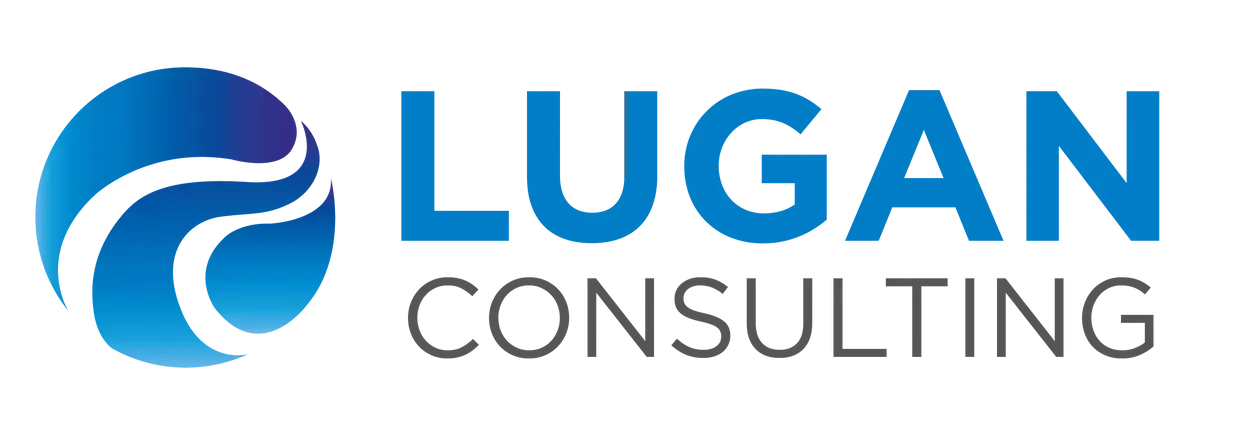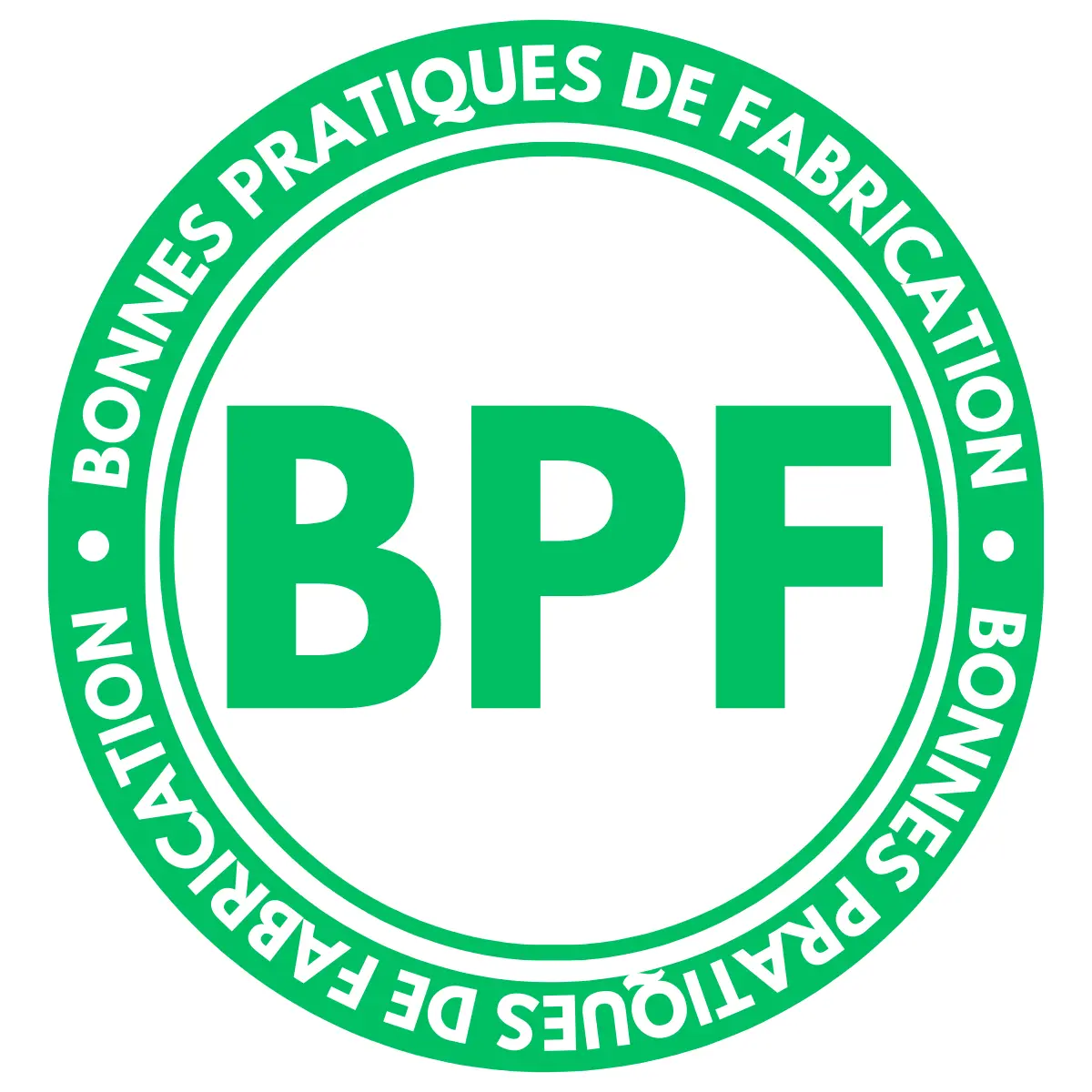SMEs: don’t let your problems get any worse! Take action using problem-solving methodology As a quality consultant, I’ve often observed the same thing: when faced with an incident, many companies react in a hurry. Directors and managers go into ‘fire brigade’ mode, putting out the fire with temporary solutions… until the next problem arises.But this management style leaves little room for anticipation. You have to chase after solutions while managing the consequences: customer complaints, delays, team stress, errors, financial losses… A real domino effect.If this situation sounds familiar, you know that it’s more comfortable – and more efficient – to avoid this vicious circle.Problems are inevitable in the life of a company, but they can become opportunities. How can they become opportunities? By adopting a problem-solving methodology.Based on an analysis of the causes, this approach enables you to : structure the way you act ; analyse the data ; anticipate situations; make better decisions. In this article, I present the main stages of this approach to help you take action, simply and effectively. IN SUMMARY If your company suffers from recurring problems, you need to implement a method for identifying the root causes and putting in place lasting solutions. Specific tools (Ishikawa, 5P, 8D, CAPA, etc.) are designed to lead to effective resolution. The secret is to structure your approach so that you don’t get stuck: mobilise your teams and measure your progress. Improve your performance: the complete problem-solving approach is the key to your success. Solving business problems with the 8D method Originating in the automotive industry, the 8D method (‘D’ for ‘Disciplines’) proposes a structured approach in 8 steps to effectively deal with malfunctions: D1: Creation of a team dedicated to solving the problem. D2: Description of the problem. D3: Implementation of remedial actions to correct the problem immediately. D4 : Identification of the root cause. D5 : Definition of corrective actions. D6 : Checking the effectiveness of the actions. D7 : Preventive actions. D8: Closing and congratulating the team. Describe the problem using 5W1H method No, I haven’t fallen asleep on my keyboard! This strange acronym refers to the series of questions you need to ask yourself to define a problem precisely. It’s an essential step to take to clearly define the problem before trying to solve it. Let’s take a look at the method through a concrete example: Context: a pharmaceutical company has noticed an increase in the number of adverse reaction reports concerning a batch of medicines. Application of the 5W1H method: Who? Patients who have taken the batch of drugs. What? Increase in complaints (undesirable side effects, lack of efficacy, etc.). Where? In several regions, following the distribution of a batch of medicines. When? Since the batch was placed on the market 3 months ago. How? Analysis of complaints, laboratory tests on samples of the batch. How many? 150 complaints received, potential impact on brand image and risk of regulatory sanctions. Why? (After investigation) Manufacturing defect during packaging of the batch, leading to contamination of the medicine. Take remedial action and analyse the root cause It’s only once you’ve done this that you can stop the bleeding by taking remedial action. But the work doesn’t stop there! The next step is to identify the root cause(s). This approach is known as ‘RCA’ (Root Cause Analysis). To carry out this search effectively, you can draw on 3 tried and tested tools: The Ishikawa diagram (also known as the 5M or fishbone diagram) This representation classifies the causes according to five criteria: Manpower Machines Materials Methods Measurement These items form the basis of the 5M classification. Depending on the context, you can add your own categories. Diagramme d’Ishikawa — Infographie LUGAN CONSULTING. 5 Whys This questioning strategy, known as ‘5P’, is similar to the question loops used by young children. The difference is that, applied to the context we’re interested in, it’s an unstoppable way of getting to the root cause. An example of a concrete situation would be : Decision tree This tool is a visual diagram that allows you to explore several options when faced with a problem, evaluating the possible consequences, risks and benefits of each choice. It helps you make the most rational decision appropriate to the situation. These 3 problem-solving tools offer a number of advantages: Rapid reaction: rapid collection of essential information to understand the extent of the problem and take corrective action. Risk control: by identifying the root cause of the problem, the company can limit the impact. This approach is included in risk analysis. Continuous improvement: by analysing the causes, preventive action can be taken to improve processes. MASTER PROBLEM-SOLVING METHODOLOGY LUGAN CONSULTING offers specific training courses tailored to your industrial environment: train your teams in problem-solving methodology and get them involved! Ask us Eradicating the problem with the CAPA method Once the cause(s) have been determined, it’s time to get out of the infernal loop! This is the time to define a corrective action plan to avoid errors recurring. To make the task easier, you can use the CAPA (Corrective And Preventive Actions) method, a tool based on the requirements of ISO 9001. This process aims both to correct the immediate situation and to anticipate the implementation of measures to avoid the problem recurring. It breaks down into two types of action: Corrective Action : It is implemented with the aim of eliminating the recurrence of the problem. In practical terms, this involves a detailed action plan describing the steps to be taken to deal with the problem. This practical implementation also enables you to check the effectiveness of the actions taken on the ground. Measure efficiency by defining KPIs (performance indicators) to assess how the situation is evolving. Preventive action : It is defined in order to eliminate the occurrence, i.e. the probability of an event occurring. In practical terms, this means implementing the same preventive actions wherever there is a similar risk. Preventive action is based on anticipating critical scenarios and developing the corresponding preventive
SMEs: don’t let your problems get any worse!










